I recently read this raywenderlich article about using tile map node:
https://www.raywenderlich.com/1079-what-s-new-in-spritekit-on-ios-10-a-look-at-tile-maps
In my own project, I have coded the tiles myself using SKShapeNode. Works great, but there is one thing I noticed after reading the article:
In the tutorial it says that there are only 5 nodes, when there are clearly quite a lot more tiles; probably more than 100. In my own project however, using an 8*8 tile board, it says that I have more than 130 nodes.
So my questions are:
Why does it say that there are only 5 nodes? Is there some magic with
Tile Map Nodethat reduce the number of active nodes?If
Tile Map Nodereally does decrease the nodes, does this mean that it increase performance in comparison to manually programing the tiles oneself, makingTile Map Nodethat much better in terms of performance?
